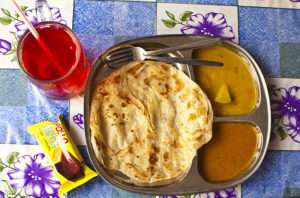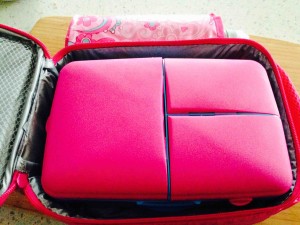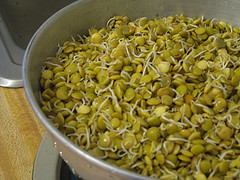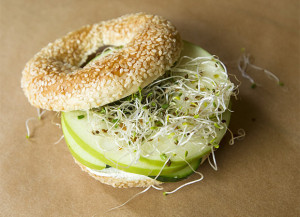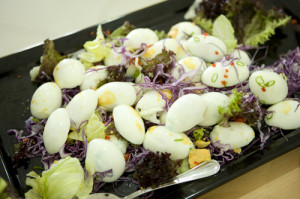More than 500 students at five middle and high schools in northern Seoul came down with salmonella poisoning last week, as did more than 200 students at schools in North Gyeongsang Province, Daegu and Busan.
 In total, 17 cases of mass salmonella poisoning had been reported across the nation as of Tuesday, with 1,284 people infected. That was a 34-percent increase compared to last summer and up 52 percent compared to the 2011-2015 average.
In total, 17 cases of mass salmonella poisoning had been reported across the nation as of Tuesday, with 1,284 people infected. That was a 34-percent increase compared to last summer and up 52 percent compared to the 2011-2015 average.
An editorial in The Korea Herald says the government’s 5.6 trillion-won ($5 billion) free school meals scheme has been found to be supplying improper lunches to many of the nation’s 6.14 million students.
A government task force inspected between April and July some 2,400 food suppliers and lunch operators and visited 274 of the nation’s 11,700 elementary, middle and high schools that provide students with hot lunches.
The team’s findings, released Tuesday, were disappointing and shocking. It has uncovered a total of 677 violations of the relevant law on the production, sale and consumption of foodstuffs used in school meals.
The findings suggest disregard for food safety and quality is rampant. The number of violations would have been much larger if the task force had visited more schools and inspected more companies.
In one case, a company in Hanam, Gyeonggi Province, washed moldy potatoes with hygienically inappropriate underground water and shuffled them with eco-friendly ones to supply them as organic products.
In another case, a company was found to have used frozen beef that had passed its expiration date by as many as 156 days.
The investigation also laid bare corrupt practices between schools and food firms. Many schools were found to have awarded contracts to food suppliers in an opaque manner.
Four large food companies – Dongwon, Daesang, CJ Freshway and Pulmuone – are suspected of having provided kickbacks to nutritionists at 3,000 schools to win foodstuff supply contracts.
Many schools were found to lack the ability to inspect the quality of the ingredients provided by suppliers. And at many schools, monitoring of kitchen sanitation was lax.
In light of these and other problems, it would be strange if food poisoning did not occur at schools.
To enhance the quality and safety of school meals, stern punishments should be meted out to those who violate the relevant regulations.
It would be also necessary to encourage parents to keep tabs on school kitchen sanitation. Kitchen managers need to train food service workers to ensure that their kitchens are maintained safely and free from germs and bacteria.

